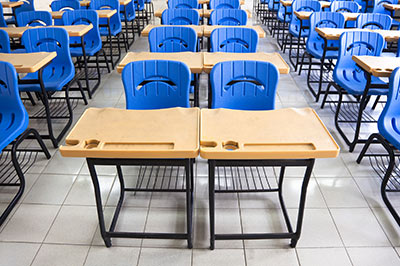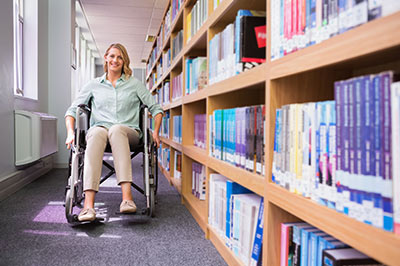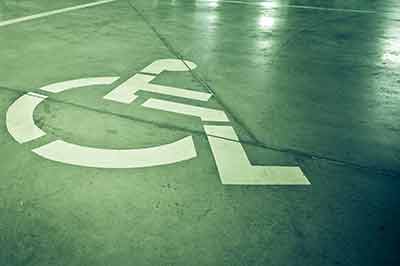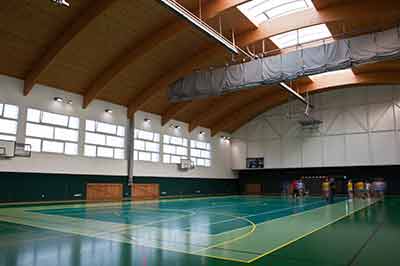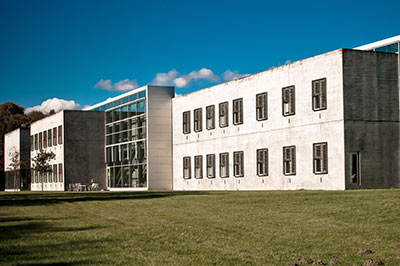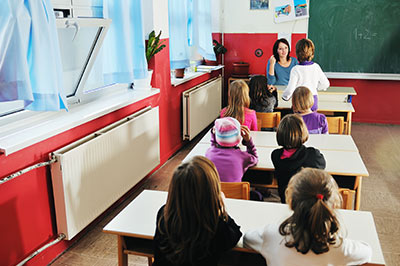Klatte, Bergström, and Lachmann, 2013
The present paper provides an overview of research concerning both acute and chronic effects of exposure to noise on children's cognitive performance. Experimental studies addressing the impact of acute exposure showed negative effects on speech perception and listening comprehension. These effects are more pronounced in children as compared to adults. Children with language or attention disorders and second-language learners are still more impaired than age-matched controls. Noise-induced disruption was also found for non-auditory tasks, i.e., serial recall of visually presented lists and reading. The impact of chronic exposure to noise was examined in quasi-experimental studies. Indoor noise and reverberation in classroom settings were found to be associated with poorer performance of the children in verbal tasks. Regarding chronic exposure to aircraft noise, studies consistently found that high exposure is associated with lower reading performance. Even though the reported effects are usually small in magnitude, and confounding variables were not always sufficiently controlled, policy makers responsible for noise abatement should be aware of the potential impact of environmental noise on children's development.

